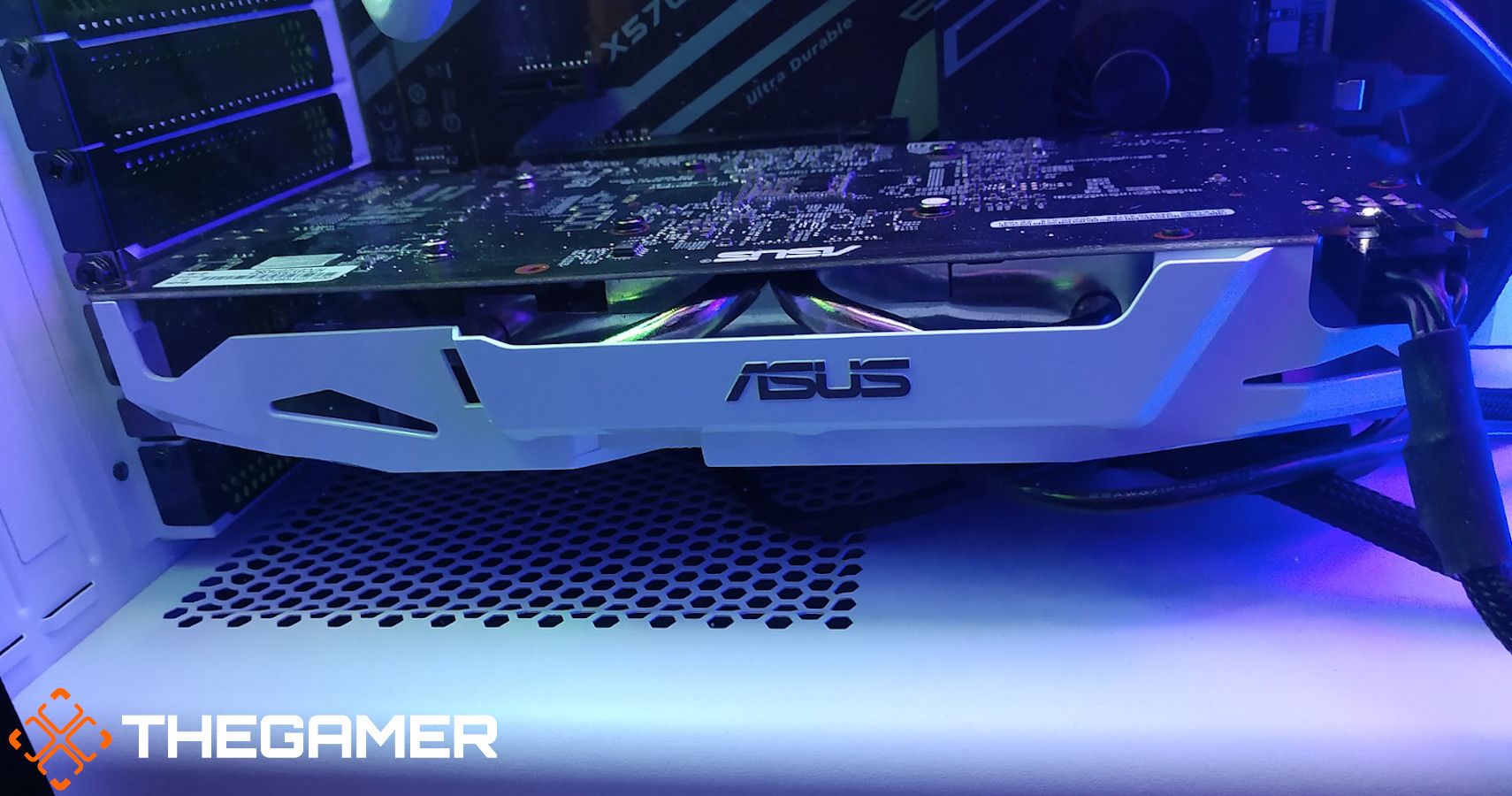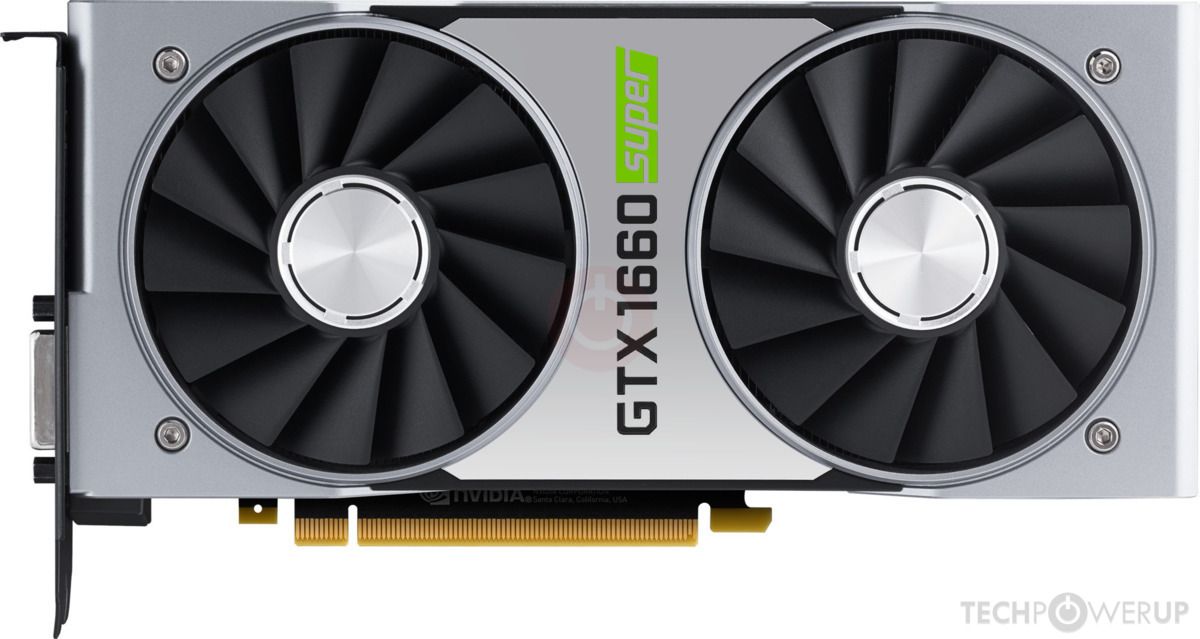This is Part 2 of TheGamer's Guide To Building A Budget PC. If you missed Part 1, be sure to head to our hub page and get all caught up!
Choosing A Processor And Motherboard
There are two brands of processor to choose from: Intel and AMD. Each uses a unique chipset that will determine the type of motherboard you can use and potentially the kind of RAM, graphics card, and monitor you can use as well. When planning out a PC build it's best to start with your processor and work out from there. It's one of the most expensive parts and the CPU/mobo will be the thing you upgrade least often so it's important to find a good balance between value and future-proofing.
A lot of people are very loyal to either Intel or AMD but we find that each type tends to be superior at different price points. Linus Tech Tips has a great video breaking down the value of both Intel and AMD processors at each price point from December 2019:
In the "let's get serious" tier of $150-$200, Linus recommends the Ryzen 5 3600 for gaming and light workstation use, and we absolutely agree. However, head over to Newegg and you'll find the slightly upgraded Ryzen 3600x for only about $25 more. It's a pretty marginal upgrade in performance, certainly, but it comes with a much better heat sink than the 3600. You'll also get 3 months of Xbox Game Pass, a $29.99 value, so it's a phenomenal deal all around.
We like the Ryzen 5 3600x because, based on what we know about next-gen, it's going to be a solid investment for gaming over (at the very least) the next 3-4 years. Another benefit of the Ryzen 5 3600x is that it is compatible with a wide range of motherboards, from the most basic to the most feature-complete.
Choosing a mobo compatible with your CPU is most important, but here are a few features to consider when looking at potential motherboards: number of USB 3.0 ports, Bluetooth, NVMe M.2 connections, and RGB support. Four our build, we went with a fairly basic mobo, the GIGABYTE X570 UD, and were able to bundle it with the CPU for around $300 total. You could probably go even a bit cheaper than that, but we like some of the extra features on the X570 like the gaming network chip and M.2 connector.
Choosing A Graphics Card
The NEXT most important component in your gaming PC is, of course, your graphics card. The GPU is the hardware that contributes the most to your framerate and a bevy of other visual processing options. It's the most expensive part and the one that get's upgraded the most often. If you're smart about it though, you can get an affordable, high-performance video card now that will almost certainly still check the box for "meets minimum requirements" of games made 3-4 years from now.
This time you have a choice between AMD or Nvidia, but luckily it makes no difference at all whether you have an AMD or Intel processor. The best gaming video card for a budget PC right now is definitely the AMD Radeon RX 580, which you can find for around $150. However: this is an older card, meaning it's quickly becoming difficult to find. It also doesn't quite meet the recommended specifications for Modern Warfare. If you absolutely need the cheapest card possible to play new games, this will work.
Instead, we highly recommend the Nvidia GTX 1660 Super. It's less than a year old, widely available, and meets the recommended requirements for Modern Warfare and DOOM Eternal. This graphics card is available for around $220 and there's nothing at all comparable in that price range. For us, budget means affordable today with as long of a lifespan as possible, and the GTX 1660 Super is the obvious choice.
In Part 3 of TheGamer's Guide To Building A Budget Gaming PC, we'll be covering memory and storage.



